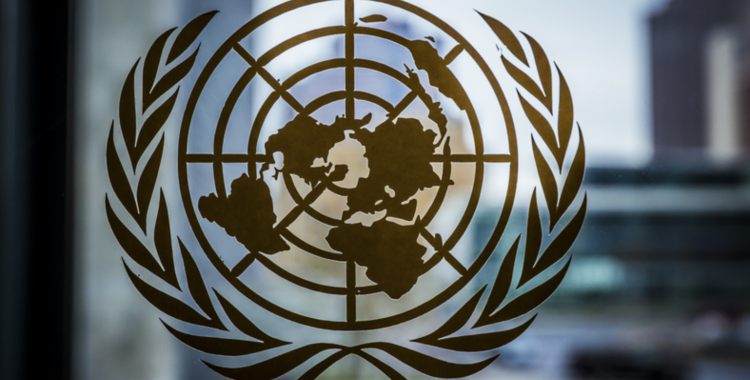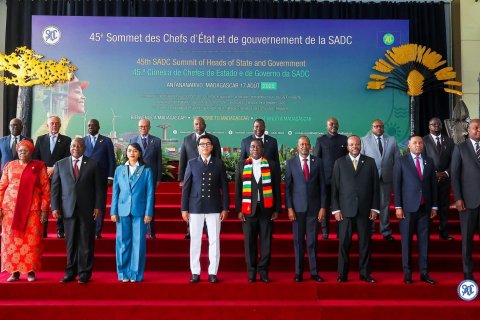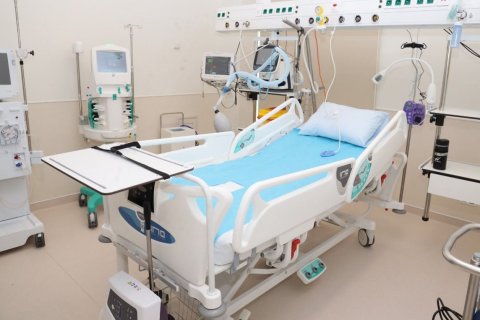"The least developed countries [LDC] as a group experienced a sharp slowdown in economic growth in 2020 and 2021 and this year their combined Gross Domestic Product (GDP) was 10 percent less than the level they would have achieved if the expansion trend before the pandemic had continued", say experts in this year's report on this group of 46 countries that includes Portuguese-speaking Angola, Guinea-Bissau, Mozambique, São Tomé and Príncipe and Timor-Leste.
The document released in Geneva, entitled Financing for Crisis Resilient Development, reviews the main difficulties of this group of countries whose citizens receive 1088 dollars or less per year, and focuses on the consequences not only of the slowdown in economic growth , but also exposure to climate change, lack of external financing and increased poverty in this group, where 33 of the 46 countries are African.
"GDP per capita would have been 16 percent higher in 2023 than current estimates if growth had reached the 7 percent target set in the LDC action programs; as a consequence of the economic slowdown, the total number of people and Living in extreme poverty is expected to have increased, with at least 15 million more people living in extreme poverty than before the pandemic", the document reads.
Throughout the 27 pages of the report, UNCTAD experts highlight that this group of countries faces, in addition to a lack of representation in the main global financial institutions, a set of crises that have hampered not only economic growth, but also the financing of infrastructure necessary for development and mitigation and adaptation to climate change.
"To return to alignment with the Sustainable Development Goals, LDCs need an international financial architecture that is inclusive, innovative and adapted to their specific needs and challenges", says UNCTAD, stressing that to return to the rate of 7 per percent growth, "investments of 462 billion dollars would be needed annually, which implies an increase of 55 percent compared to the investments actually made in 2019".
The numbers are even higher if the SDGs are taken into account, which have a funding gap equivalent to 4 billion dollars per year, an increase compared to the 2.5 billion dollars recorded in 2015, when the Goals were adopted.
"Although new initiatives taken by the international community go in the right direction in terms of improving external financing for the development of LDCs, they lag behind the level of ambition necessary to address the serious financing challenges that these countries are faced with; as a result this , the international community has failed to adequately respond to the financial crisis looming over the LDCs", concludes UNCTAD.







